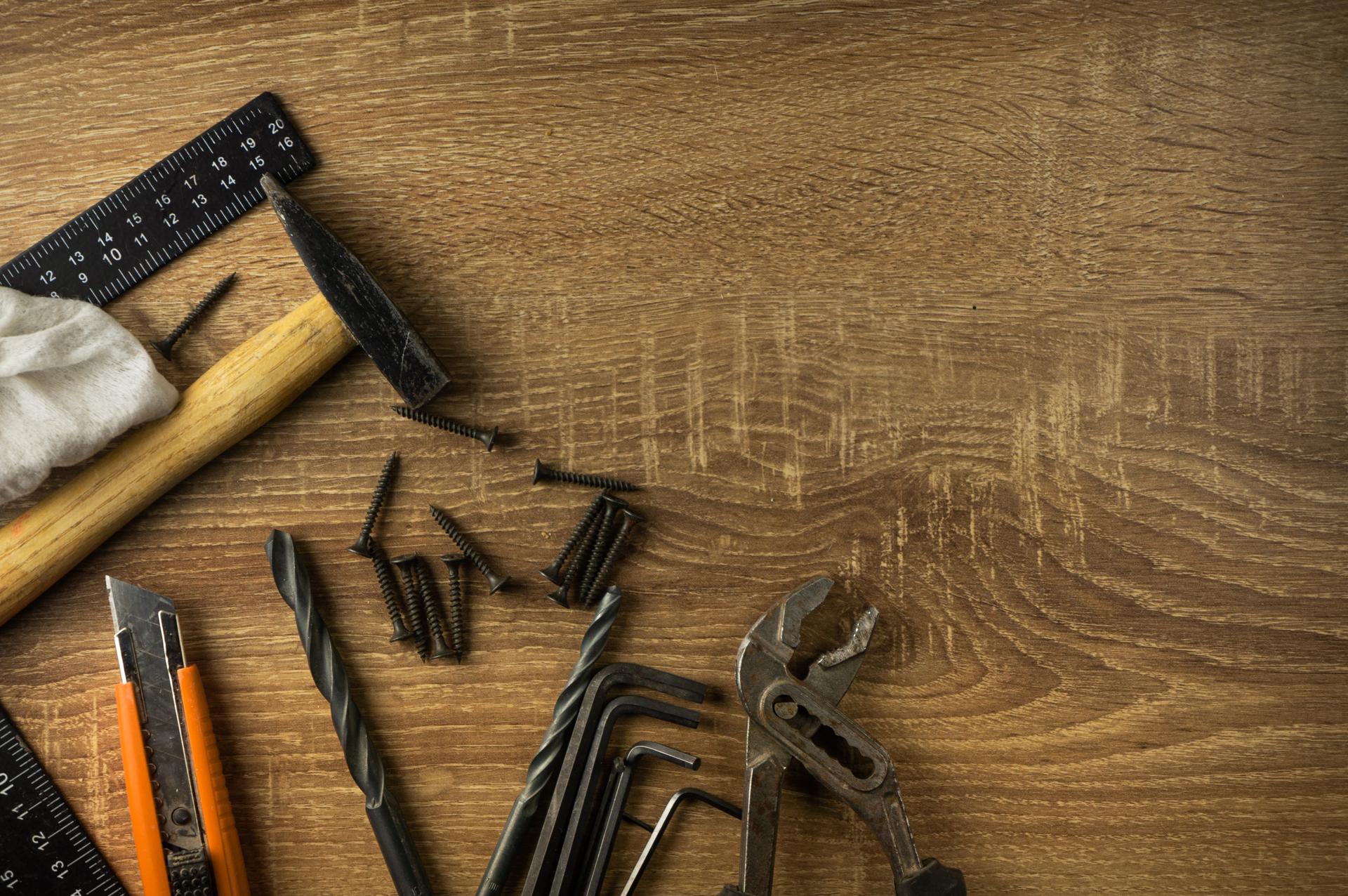Do-It-Yourself Plumbing: A Comprehensive Guide to Addressing Home Plumbing Problems

The plumbing system is an integral element of any household. If they are not maintained properly they could become an issue for many, leading to inconvenience and expensive repairs.
But, there are many advantages to learning to resolve minor plumbing issues yourself like saving money and developing important knowledge. This article we will examine common plumbing issues and DIY techniques to fix these issues.
Common Plumbing Problems
Dripping Faucets
Dripping faucets aren’t just irritating, they also waste a significant quantity of water in the course of. The most typical cause of the faucet to drip is a worn-out washer or O-ring. To fix this issue switch off the water supply to the faucet, remove the handle, then replace the worn-out washer or O-ring.
Running Toilets
A running toilet is a common plumbing issue that could cause water to be wasted. The most typical cause is a faulty flapper valve that’s not sealing properly, allowing water flow from the tank into the bowl. To correct this problem shut off your water source to the toilet. take off the lid from the tank, and adjust or replace your flapper valve.
Clogged Drains
Drains that are clogged can be caused by a variety of factors, including soap, hair, and food particles. To resolve this issue, you can try using a plunger or a drain snake to get rid of the obstruction. You can also make a mix of vinegar and baking soda to break up the blockage.
Low Water Pressure
Low water pressure could be due to a variety of factors such as mineral buildup in pipes or a malfunctioning pressure regulator. To fix this issue it is possible to clean the aerator or replacing pressure regulator.
Tools Needed for DIY Plumbing
To carry out DIY plumbing, you’ll need a few essential tools such as the plunger, an adjustable wrench pipe wrench Teflon tape, and a screwdriver. Having these tools on hand can make it much easier to fix minor plumbing issues.
Tips to be Safe when doing your own plumbing
Safety must always be the top priority when making any plumbing repair DIY. Some tips for safety to keep in mind include shutting off the water source prior to beginning any repair, wearing gloves and safety glasses as well as keeping a first-aid kit in case emergency situations.
DIY Plumbing Techniques
To resolve common plumbing issues, you will need to master some DIY plumbing tips, like how to shut off your water source or fix a leaky faucet and how to fix the issue of a toilet that is running and how to clear the drain, and also how to boost the pressure of water. These methods can save you time and money on minor plumbing repairs.
Conclusion
In the end, knowing how to repair minor plumbing issues yourself is beneficial in numerous ways. Not only will it help you save money, but it will provide you with satisfaction and valuable knowledge. For more serious plumbing problems, it’s best to call a professional plumber.
FAQ
Can I fix a plumbing problem myself?
Yes, you are able to fix minor plumbing problems yourself by learning basic plumbing skills.
Are there any common plumbing issues?
The most frequent plumbing issues are dripping water from faucets, blockages in drains, as well as low water pressure.
What tools do I need for plumbing projects at home?
You will need a few important tools, such as a plunger, adjustable wrench pipe wrench, Teflon tape, and a screwdriver.
Is DIY plumbing safe?
DIY plumbing can be safe if you follow safety guidelines and take proper precautions.
When should I call an experienced plumber?
You should call a professional plumber to address plumbing issues that require specialist equipment and expertise.
